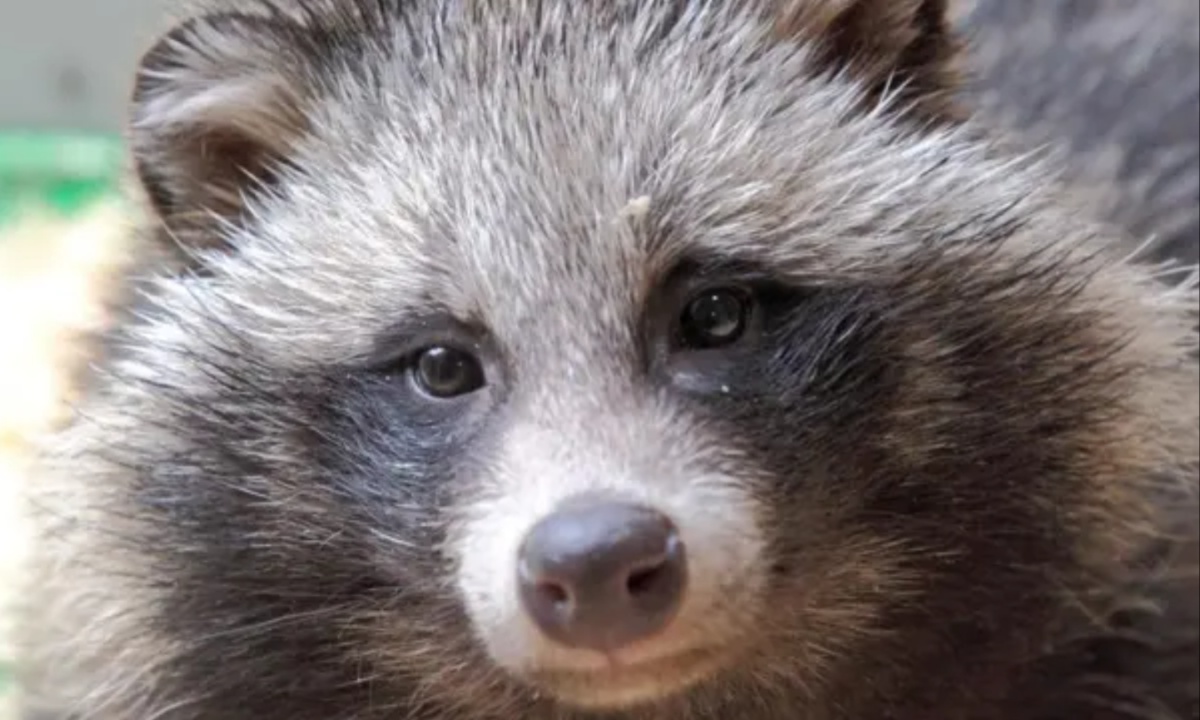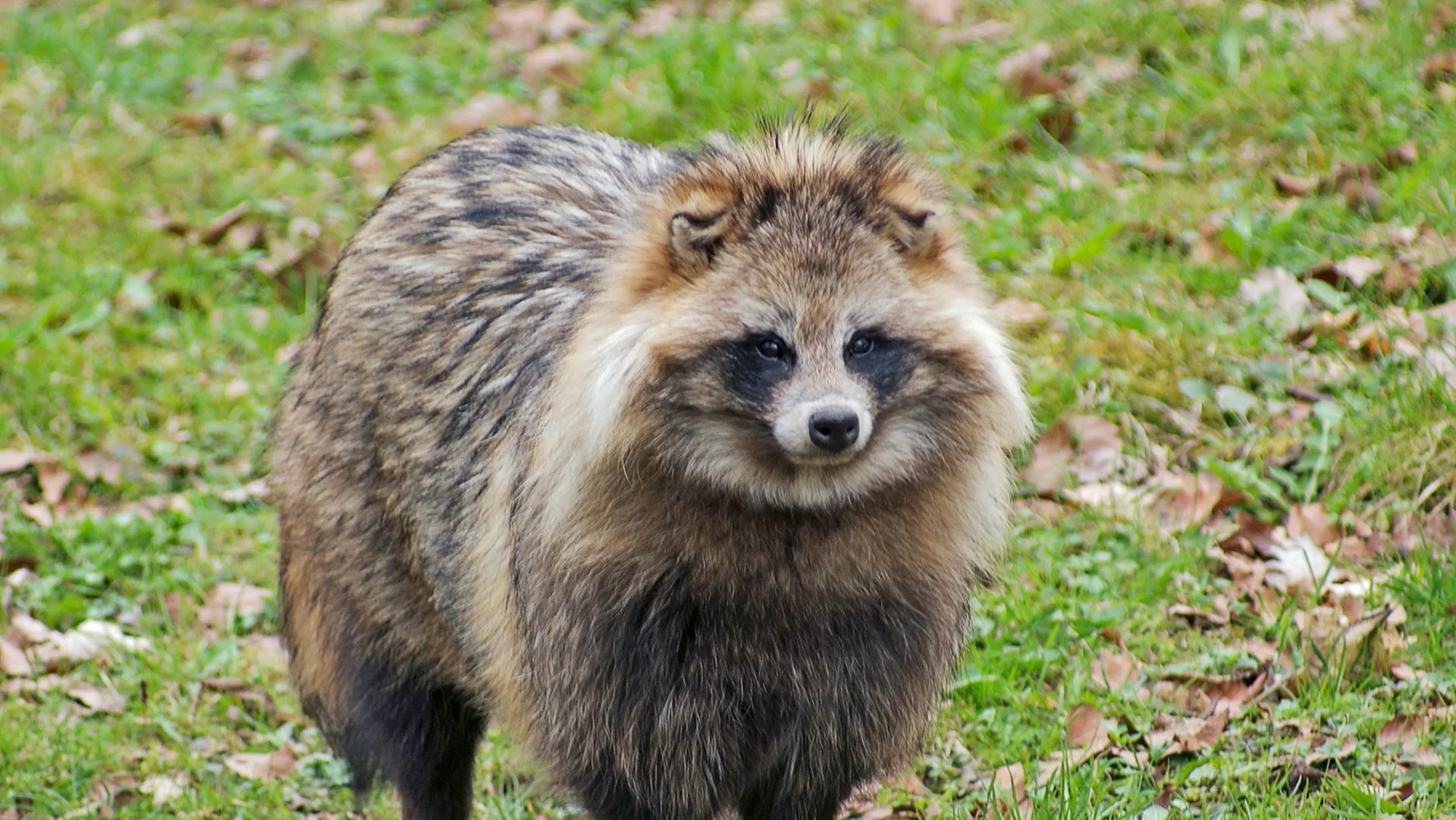Scientists investigating the origins of COVID-19 have focused on a few animal species that may have contributed to its transmission to humans. Genetic material collected from the Huanan seafood market in Wuhan, where the outbreak was first detected, points to racoon dogs, civet cats, and bamboo rats as the most likely candidates. Researchers believe these animals were likely brought to the market in late November 2019, sparking the pandemic.
The study led by Michael Worobey, an evolutionary biologist, emphasizes the significance of identifying specific animal sub-populations that might have spread the virus.
For instance, the racoon dogs found at the market belong to a subspecies more common in southern China. This discovery could help researchers trace the animals’ origins and investigate local bat populations, which are known to carry related coronaviruses.

While this research strengthens the argument for the animal origin of COVID-19, the debate over the possibility of a lab leak remains unresolved. Mark Woolhouse, a professor of infectious diseases, acknowledged that while the findings lean towards an animal source, they do not provide conclusive evidence. This ongoing uncertainty highlights the complexities involved in tracing the virus’s true lineage.
The World Health Organization (WHO) has previously indicated that the virus likely spread from animals to humans and deemed a lab leak “extremely unlikely.” Nevertheless, WHO chief Tedros Adhanom Ghebreyesus has stated that it is too early to completely rule out the lab leak theory, suggesting that further investigation is necessary. An AP report has noted that efforts to uncover the virus’s origins in China have faltered due to political challenges and missed opportunities.
The recent study, published in the journal Cell, utilized genetic data from the Chinese Center for Disease Control and Prevention, gathered just after the initial outbreak was reported.
Researchers used advanced techniques to analyze the genetic samples, offering a snapshot of the market’s ecological environment prior to the pandemic. Despite these significant findings, crucial questions about how the virus first reached the market remain unanswered, emphasizing the ongoing challenges in understanding the origins of COVID-19.
